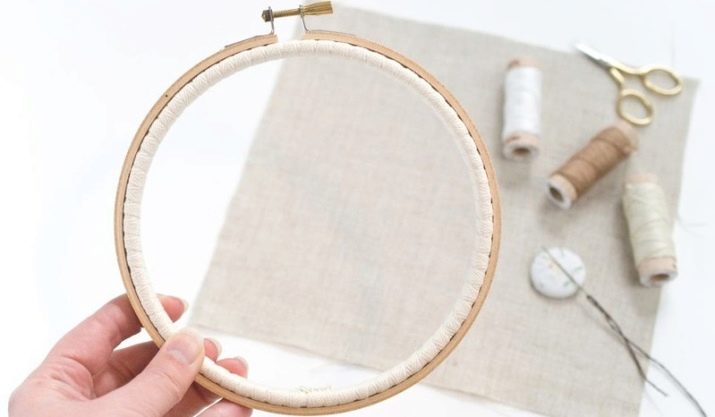All about embroidery fabrics
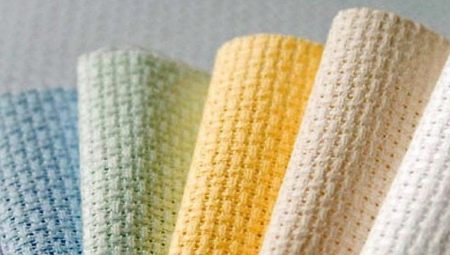
Embroidery is considered an affordable and uncomplicated type of creativity that allows you to create amazingly beautiful masterpieces with your own hands. To create such a creation, the craftswoman will need certain materials. Embroidery fabric is a necessary attribute of the embroiderer. Today we will talk about what kind of canvas is, about its varieties and use for different variants of embroidery.
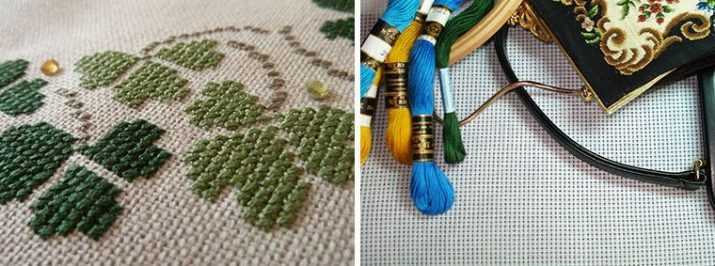
general description
For embroidery, craftswomen use canvas or canvas. Canvas is a more uniform fabric than canvas. This option is often chosen by more experienced craftsmen, since the cells on such a canvas are much more difficult to distinguish. Canvas is a special kind of material. The special fabric is suitable for cross-stitching, satin stitching, it is also used for embroidery with beads. Most often, the canvas is made of linen or cotton, you can also find options made of plastic, as well as non-woven (water-soluble), paper. Canvas, in comparison with ordinary material, is distinguished by the presence of a large number of cells with holes in the corner of each of them.
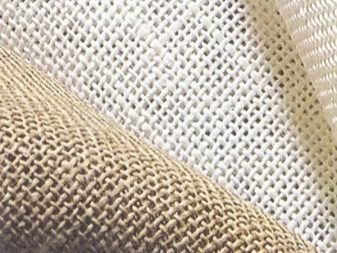

Nowadays, needlework stores offer a huge selection of fabrics, threads and necessary accessories for embroidery. Novice craftswomen can pay attention to special models with a pattern already applied. Later, it will become the basis for the product. In addition to this option, you can also purchase a canvas in the form of a mesh. It must be sewn to the material, and after completing the work, remove the threads by pulling them out.
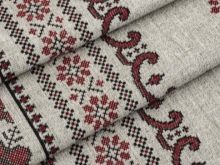
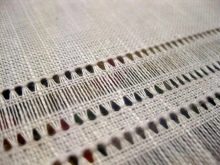
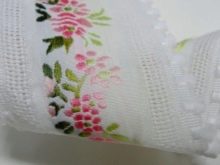
The most popular option is considered Aida canvas... The type of marking will allow you to choose the appropriate option.It is made of cotton, which is treated with a special compound, thanks to which the material becomes more rigid. This fabric consists of longitudinal and transverse threads, which are laid in a certain way. When the threads intersect, gaps are formed, they become corners for squares (marking). Such material has different weaving density, which affects the size of the cells for embroidery.
For beginner embroiderers, a special canvas is sold with markings in the form of large squares of 10 cells, which greatly facilitates the process of doing the work.... For convenience, many needlewomen use a hoop. Sewing on soft fabric requires stretching the fabric.
In the absence of a hoop, you can simply starch the material well, giving it the necessary rigidity.
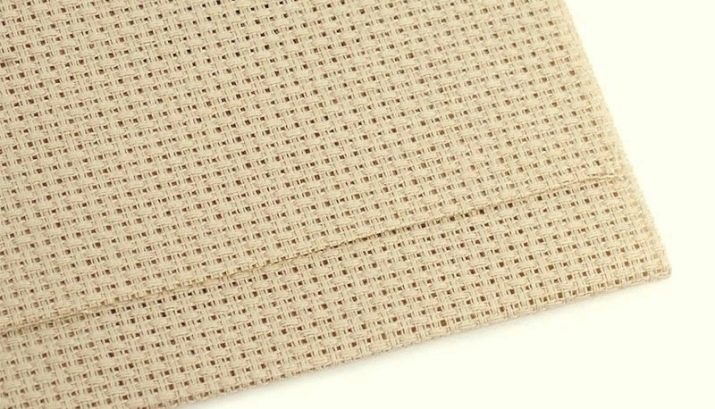
If the canvas initially has a low degree of starch or has lost it in the process of work, it is necessary to be able to properly starch the base. To give the product a presentable look, you can take PVA glue, dilute it with water in a ratio of 1 to 1 or 1 to 2. The web is then immersed in the resulting adhesive solution for several minutes. After immersion, the canvas is not wrung out, hung out, straightened to dry, then ironed. As a result, the canvas acquires a plastic appearance, with an average density.
Too hard canvas can also be a problem for some craftswomen. Washing the fabric will soften it. In addition, it becomes much softer when stained with tea or blue, but at the same time, it changes color and becomes beige.
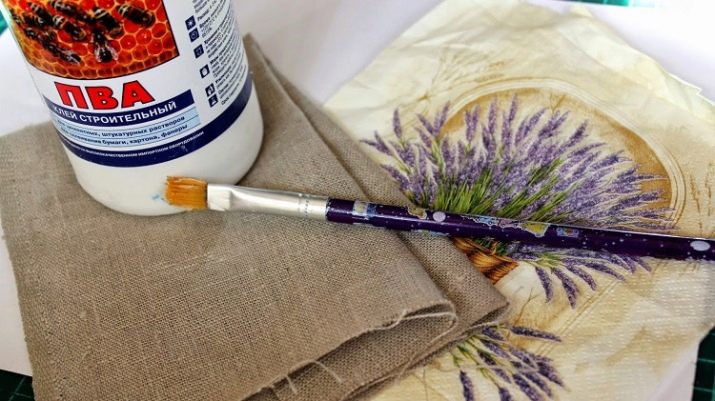
Views
There are different types of embroidery canvases.
- Stramin... This material is distinguished by increased rigidity in the presence of rare threads. This is a kind of net of threads, braided in the process of work with colored floss threads.
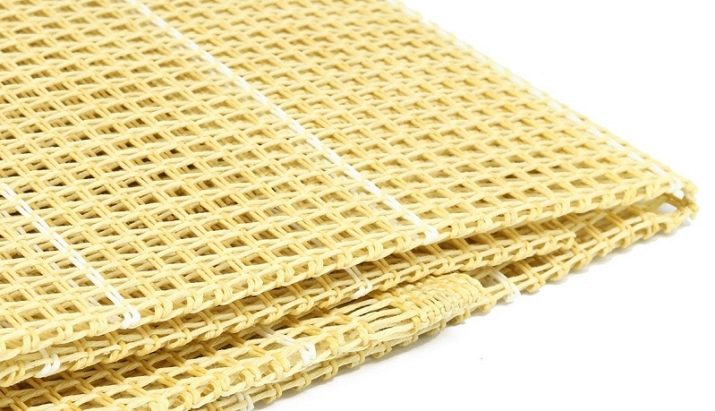
- Uniform... This is usually the name of the uniform weave canvas. In this case, the threads are intertwined using the classical method.
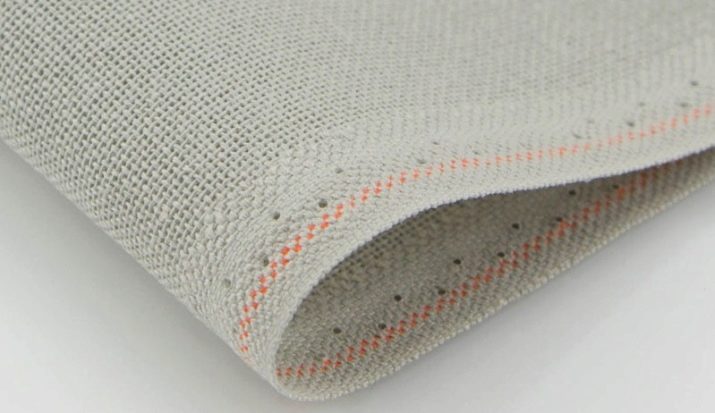
- Overhead canvas. As for the canvas invoice, it is used in work with products that are not intended for this. In this case, a canvas is applied to the product, performing work in the cells. After completing the workflow, the canvas is removed. Such an overlay base can be water-soluble or conventional. Water soluble is removed by soaking in warm water for 10-15 minutes. The usual option is removed by pulling the strings. Both in the first and in the second version, at the end of the work, you can get a finished product without the remnants of the canvas.
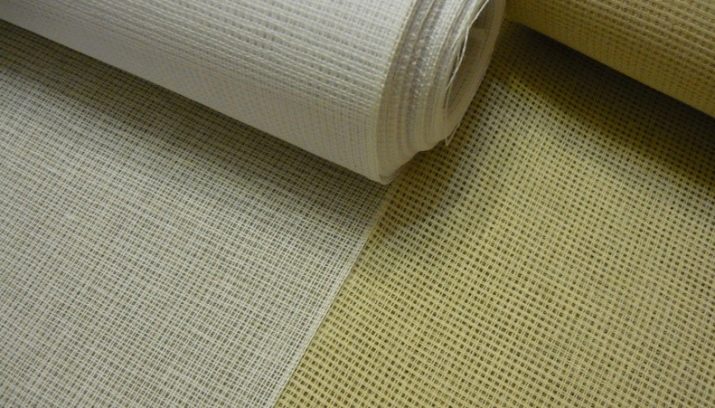
- Plastic... Many embroiderers prefer the plastic counterpart because of the excellent material properties. Due to its peculiarity, the plastic canvas holds its shape well and does not bend, which is very convenient when embroidering decorative cards, Christmas tree decorations. There are two types of this material: plain canvas and vinyl canvas. As for vinyl counterparts, they are also firm, but at the same time they bend well, which makes it possible to use the material to decorate clutches, wallets, bookmarks or covers. Usually used for products requiring cutting.
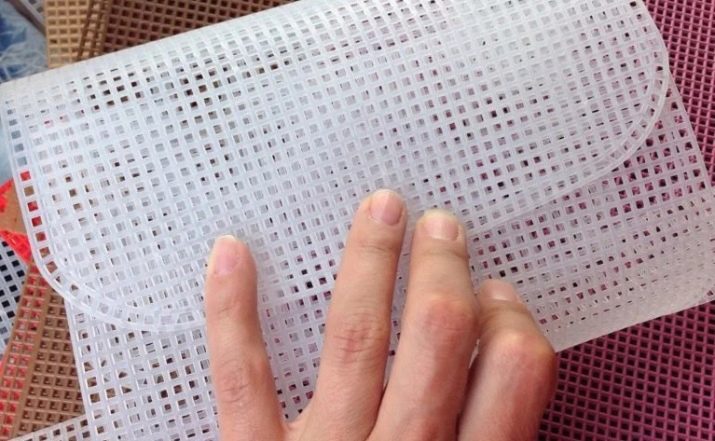
- "Aida"... A feature of this material is a kind of weaving of 4 * 4 threads, resulting in squares. Aida canvas is used in most of the needlework kits. Most suitable for counting embroidery. There are different types of Aida canvas with their own number (count), which determines the number of cells per inch. Aida 8 is most suitable for those who decided to master the basics of embroidery. The presence of the largest crosses makes it easy to complete the work, even for children. Variants up to count 14 are also considered large. Experienced craftswomen prefer Aida 16 for their work. On such a canvas, the work is very realistic and of high quality. Aida 22 is considered the smallest. This option is usually chosen by professional needlewomen. Working on canvas 22 requires a lot of effort, perseverance and attention.
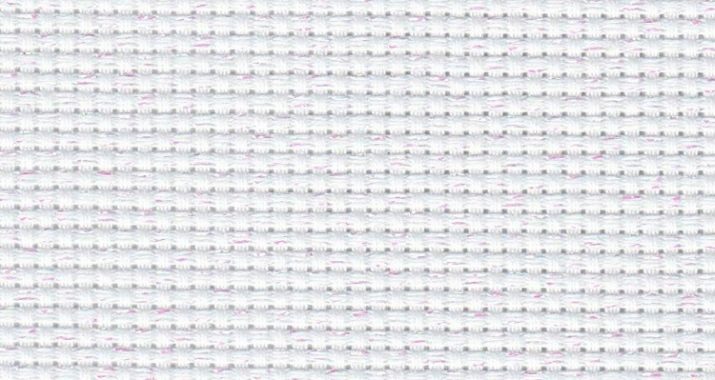
- Polyester. Polyester itself is very popular and is used in various fields. Consists of synthetic materials. The most common option is considered machine embroidery on polyester.
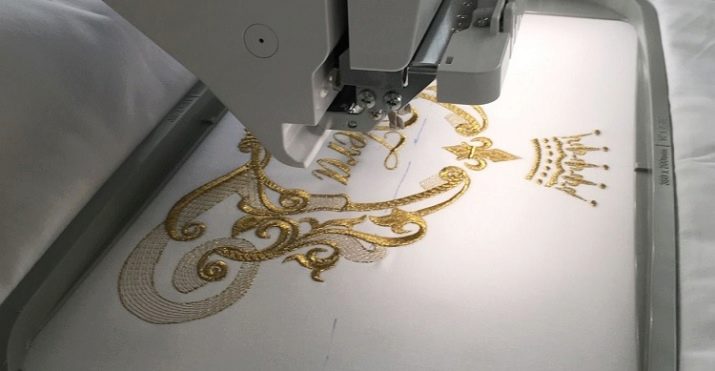
- Perforated paper... This option is paper with evenly spaced holes. Its size usually corresponds to Aida 14. Suitable for craftswomen who embroider with a cross or beads. For greater strength, such paper is often additionally impregnated with a special composition.
When working with woolen threads when embroidering pillows or rugs with large patterns, stram is usually used. Plastic canvas is ideal for making souvenir compositions, panels. Water-soluble options are more suitable for garment decoration.
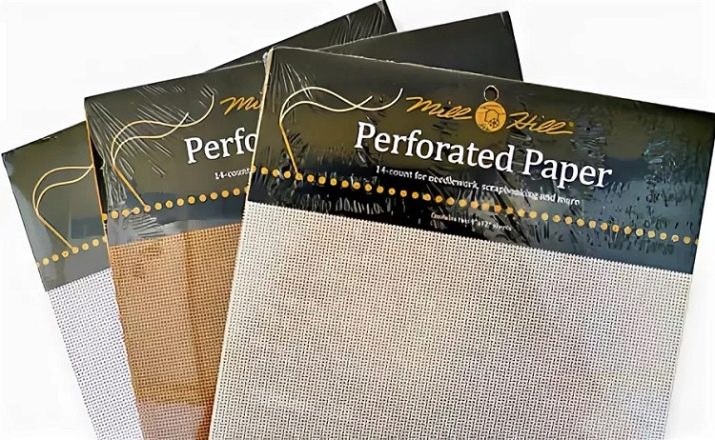
Top manufacturers
Many manufacturers, including foreign ones, are engaged in the production of material for needlework. There are also the most popular ones.
- German firm Zweigart... The canvas of this manufacturer has long been considered one of the most commonly used materials.
- Products are also considered popular. from Hungary, which are produced under the license of a German company.
- Belarusian base differs from foreign counterparts... During the production process, it is not treated with a fixing compound, which makes the canvas soft. Working with Belarusian canvas is impossible without using a hoop, which is not always convenient.
In addition, the canvas of domestic manufacturers of the Gamma company has good reviews.
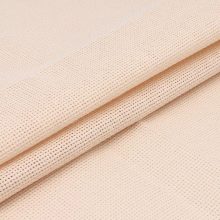

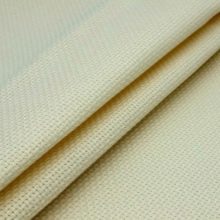
The choice of fabric for different embroidery
Each design idea has distinctive features. The same applies to the work of master embroiderers. Hand-made work looks fresh and unusual. Quite often such masterpieces become decoration of interior and exhibitions. Many experienced needlewomen choose for their work linen. Linen fabric is not in vain considered one of the best, due to the strength, naturalness and appearance of the product.
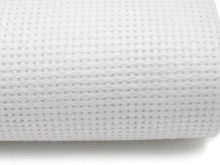
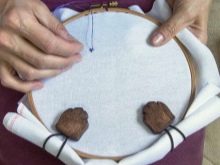
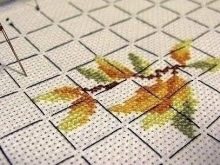
Also a popular option is hemstitch or hardanger. This material is made entirely of cotton. The cells on such a fabric are formed by interlacing of 2 * 2 threads. This option is more suitable for embroidering pictures, decorative patterns. Since the seam on the fabric looks very small, it is recommended to embroider in one or two strands with a tapestry stitch. Since the work is rather painstaking and complicated, it is more suitable for professionals in their field.
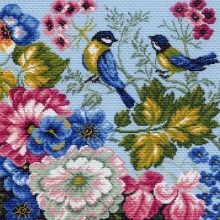
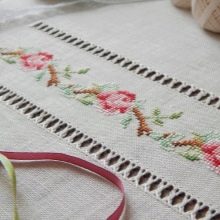
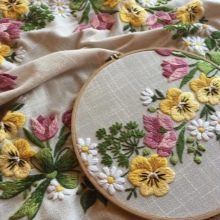
As for the canvases cotton, then they attract craftswomen with their composition, ease of use, and affordable prices. These options are ideal for floss threads. They are distinguished by their durability, ease of care and pickiness in the embroidery process. For jewelry work, silk fabrics are more suitable.... They are more often used for small jobs in the form of bracelets, pendants or rings. In this case, a small range of shades is used.
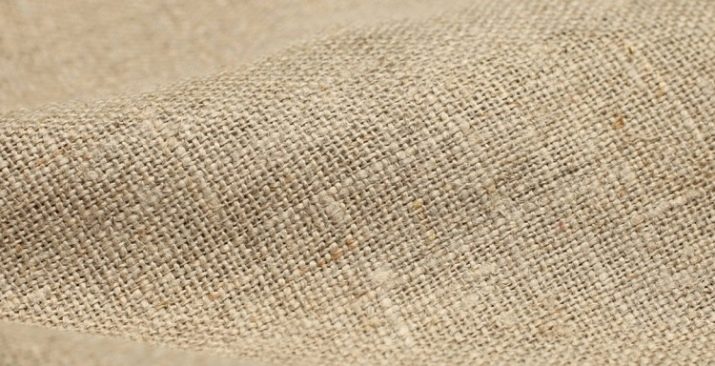
There are also mixed fabric bases... Although outwardly they are similar to linen, the difference becomes obvious to the touch. The price for such a canvas is also significantly lower than for natural fabrics. When choosing a canvas, it is not necessary to consider only classic models. Although a white base is considered more common, at the same time, beige, milk and even black fabrics are in demand. Most often, such a canvas is sold in rolls, but you can purchase models in the form of ribbons with processed edges.
The size depends on the purpose for which they will be used.
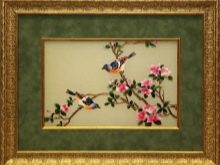
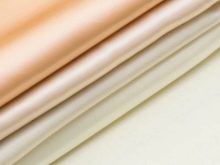
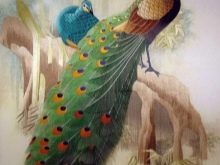
Cross
It is safe to say that you can use a wide variety of foundations for cross stitching.... Their choice will directly depend on the type of the product itself and its purpose, on the characteristics of the threads, the preferences of the craftswoman. Mesh canvas is the easiest to work with, it should be chosen by novice needlewomen.
For cross stitching, experienced craftswomen recommend choosing linen or cotton-linen fabrics. Such materials will not stretch during the embroidery process, nor will they be overly delicate for cross stitching. Also for these purposes, you can use two-thread coarse calico and gabardine. Such a basis is usually used for cross stitching, beads.
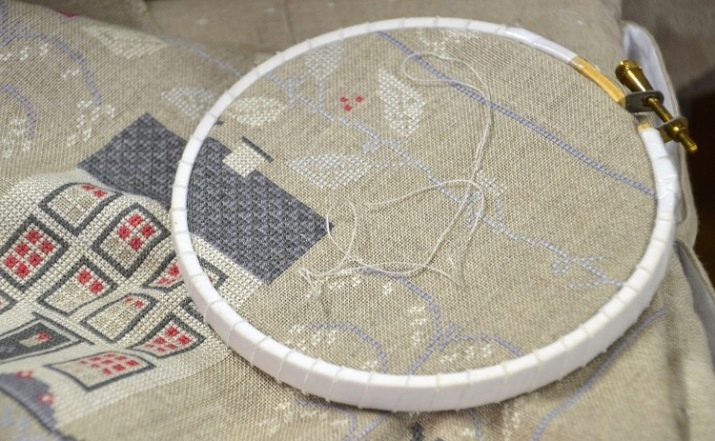
Smooth
It is better to use thin fabrics as a basis for satin stitch embroidery.... Beginners should not take satin or silk for their first works, since working on such canvases requires skill and skill. The ideal option in this case may be the choice of coarse calico, cotton. Aida is also suitable, because on such a canvas, the stitches will be clearly visible.
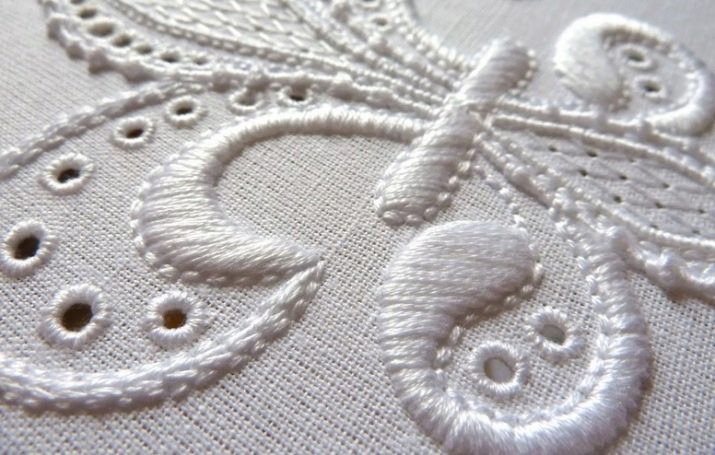
Beads
For those who work with beads, you can choose any kind of base from the above. At the same time, it is important to be able to correctly determine what the count should be, starting from the size of the beads and embroidery threads.
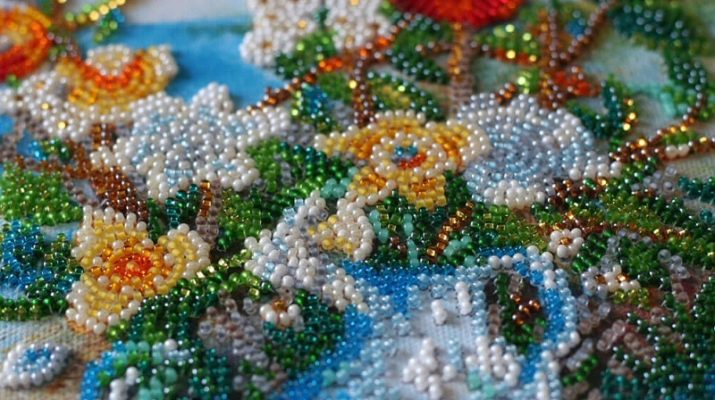
Usage Tips
The advice of professional embroiderers will allow you not only to choose the right basis for work, but also to accurately and efficiently complete it.
- When choosing a set, you must choose the right count, since the size of the future work, its complexity will directly depend on this.
- Choosing material, it is also important to choose the right floss threads, it is important that in the process of work, there are no gaps between the patterns. So, if necessary, to obtain an openwork pattern, use thin threads on a large canvas.
- Selecting material for diagrams from magazines or author's diagrams, you should carefully study the recommendations of the author.
- When using water-soluble materials make sure the threads can withstand the water temperature required to remove the canvas or non-woven fabric.
- Recommended for embroidery leave free margins of about 5-6 cm on each side.
- To work with counted seams, it is better to use a fabric that has a clear weave of threads. Usually counted seams are used to process details on clothes, that is, on things that will be washed off more than once in the future.
It should be noted that not all materials can be used in work. To select the one that suits you, it is advisable to make a few trial stitches and test the pattern.
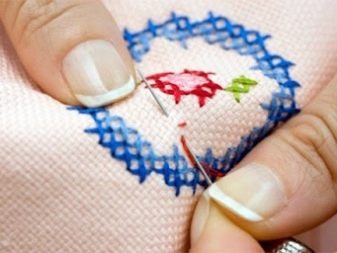
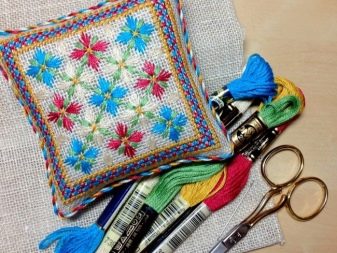
If the drawing will take up a large surface, it is better to use a canvas. On the canvas, in turn, a drawing with large open areas will look better. Marking up is time consuming but very important and makes the process much easier. Although some craftswomen do without marking, it will be much more convenient to embroider when the base is lined with cells.
You can mark it with threads, a marker or felt-tip pen. There are also ready-made options with markup. The last option can be called the simplest and less laborious. On this basis, the embroidery will be obtained without gaps, because the stitches will be laid over the marking line. Having chosen a canvas with a marked canvas, it should be remembered that it is not washed in hot water, nor is it ironed with a hot iron or dried next to heating appliances.
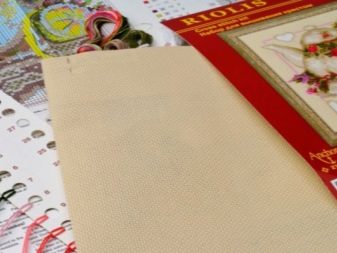

When the work is finished, you need to fix it on the frame. This can be done in one of the ways. You can grab a small piece of fabric with a stapler on the round part of the frame, then the embroidery is secured with needles or sewn by hand to the strips. Also for these purposes, glue-based Velcro is suitable. It is cut off according to the length of the roller, then hooks are glued to the frame and to the embroidery allowances, fastening together.
The canvas for embroidery can be purchased in specialized shops for creativity, needlework departments, online stores. Having engaged in this fascinating business, you can not only create exclusive works and decorate the interior with them, but also make a profit by putting them up for sale.
